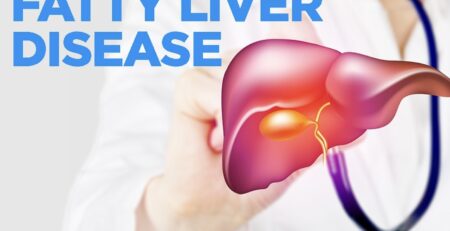Benefits Of Exercise After Meals
Effect Of Post Meal Exercise On Weight, Blood Sugar And Insulin
Exercise any time is extremely beneficial to our health and its effects on your our health are well documented in international research.
Exercise boosts the levels of endorphins, the feel-good neurotransmitters,
Reduces stress,
Lifts gloom and depression,
Improves self-esteem,
Improves cardiovascular fitness,
Improves lung function,
Lowers blood pressure, blood sugar, total cholesterol, and LDL Cholesterol and triglycerides,
Improves HDL, the good Cholesterol,
Protects us from hypertension, diabetes, heart disease and strokes,
And boosts immunity.
Exercise also improves our metabolic health.
People with better metabolic health generate more energy and and use it more efficiently, burn fat better and maintain a healthy weight easier. They also have more energy and better memories.
Effect of insulin and exercise after a meal on blood sugar:
Carbohydrates in our food raise our blood glucose levels, when they are digested and absorbed in our small intestines.
Our body releases insulin in response to the raised blood sugar levels. Insulin influences muscle, liver and fat cells, amongst others, to absorb this extra sugar from the blood, so the blood sugar levels are brought down to normal.
Research has shown that exercising after a meal has similar effect on blood sugar and much better effect on overall health.
How exactly does post meal exercise lower our blood sugar?
Exercising after a meal triggers three mechanisms to occur simultaneously.
It causes the heart to pump more glucose rich blood to our muscles, triggers complex changes in certain enzymes further boosting glucose transport to muscles and the muscle membranes to become more efficient at absorbing glucose.
Exercise increases glucose uptake by muscles fifty times more than in a sedentary person.
With the result, our muscle cells get the extra glucose they need during a workout and our blood glucose levels drop, without the body needing to deploy extra insulin.
This is the reason why exercise after a meal lowers both the blood sugar levels as well as blood insulin levels.
Sustained high levels of insulin are harmful to the body as they eventually lead to insulin resistance and diabetes.
Maintaining low insulin levels is very beneficial to health.
When is the best time to exercise after a meal, to lower our blood sugar?
New research suggests that post meal exercise has special benefits if done after thirty minutes of a meal, up to maximum of six hours after the meal. As per one study, the best time is between thirty minutes to two hours.
But if you consume a liquid meal like a milkshake or a smoothie, the best time is to exercise immediately after the meal, as the blood sugar spikes immediately as liquid meals are absorbed much faster than a solid meal.
Which kind of exercise is most beneficial to lower blood sugar and insulin levels best?
Researchers have found that medium intensity exercise like walking lowers blood sugar and insulin best.
How much time should one walk after meals to lower blood sugar and insulin levels?
Thirty minutes would be ideal, but even ten minutes would be fine compared to being sedentary post meals.
Keeping moving around a little every half hour too would be more beneficial than being sedentary.
To summarise:
Exercising after a meal helps improve our metabolic health, lowers our blood sugar and blood insulin levels and helps us maintain a healthy weight and boosts our energy levels and memory.
That is the reason why exercising after a meal is very beneficial to our long term health!
It could be life saving if you are a diabetic!
Also read the articles ‘Science Of Exercise’ and ‘Walking To be Slim And Healthy’, on this website.

















Leave a Reply